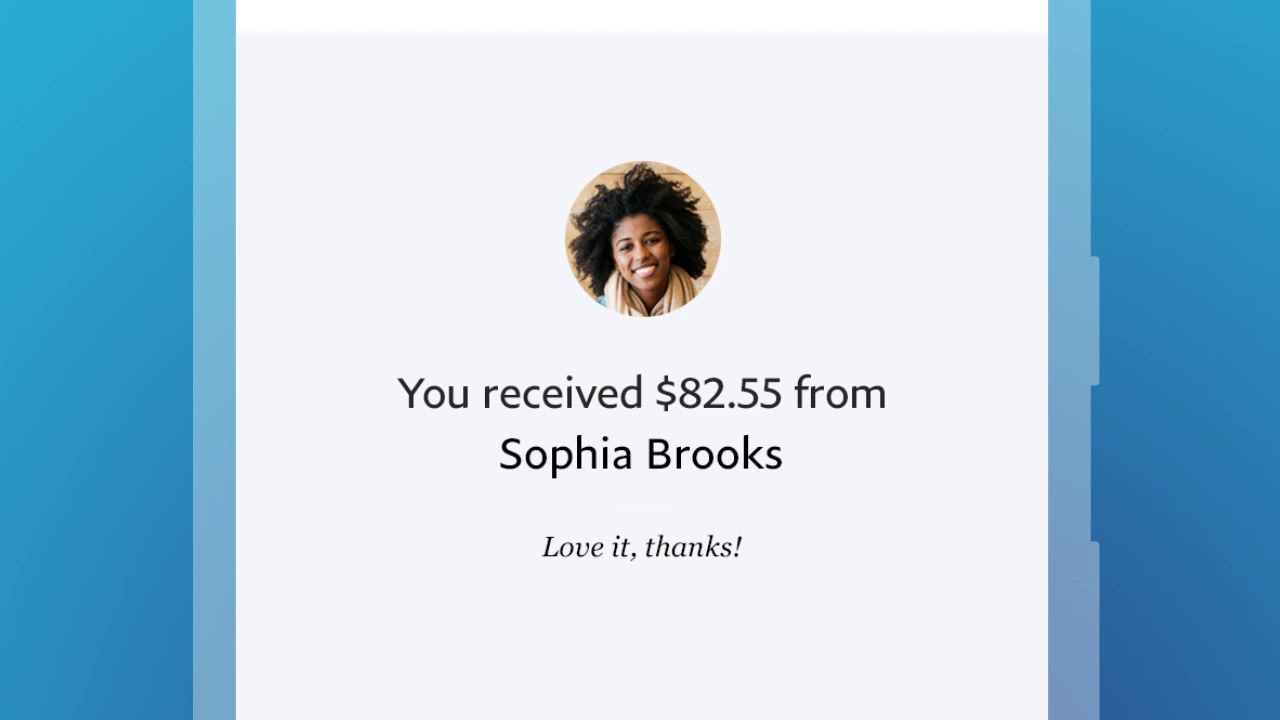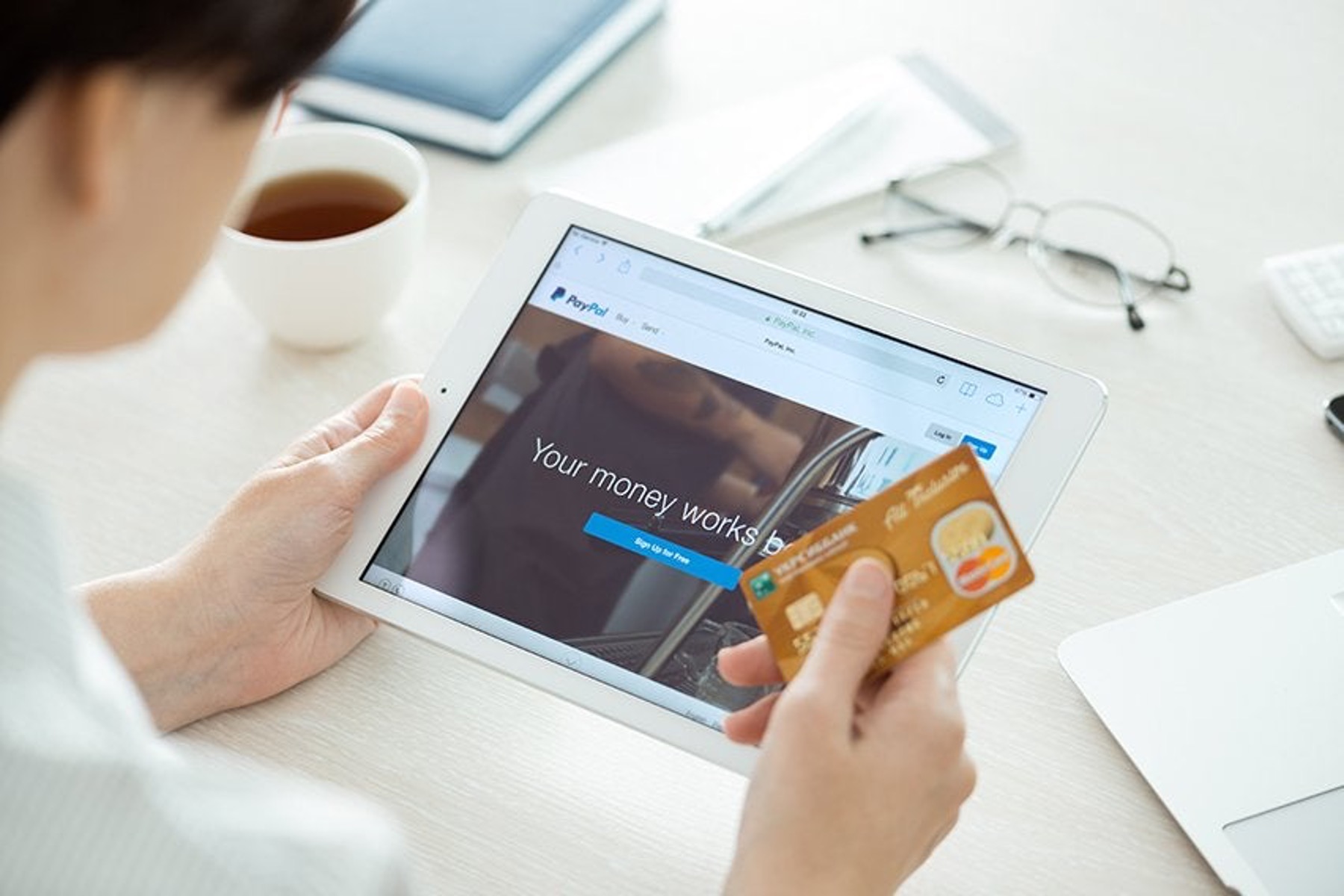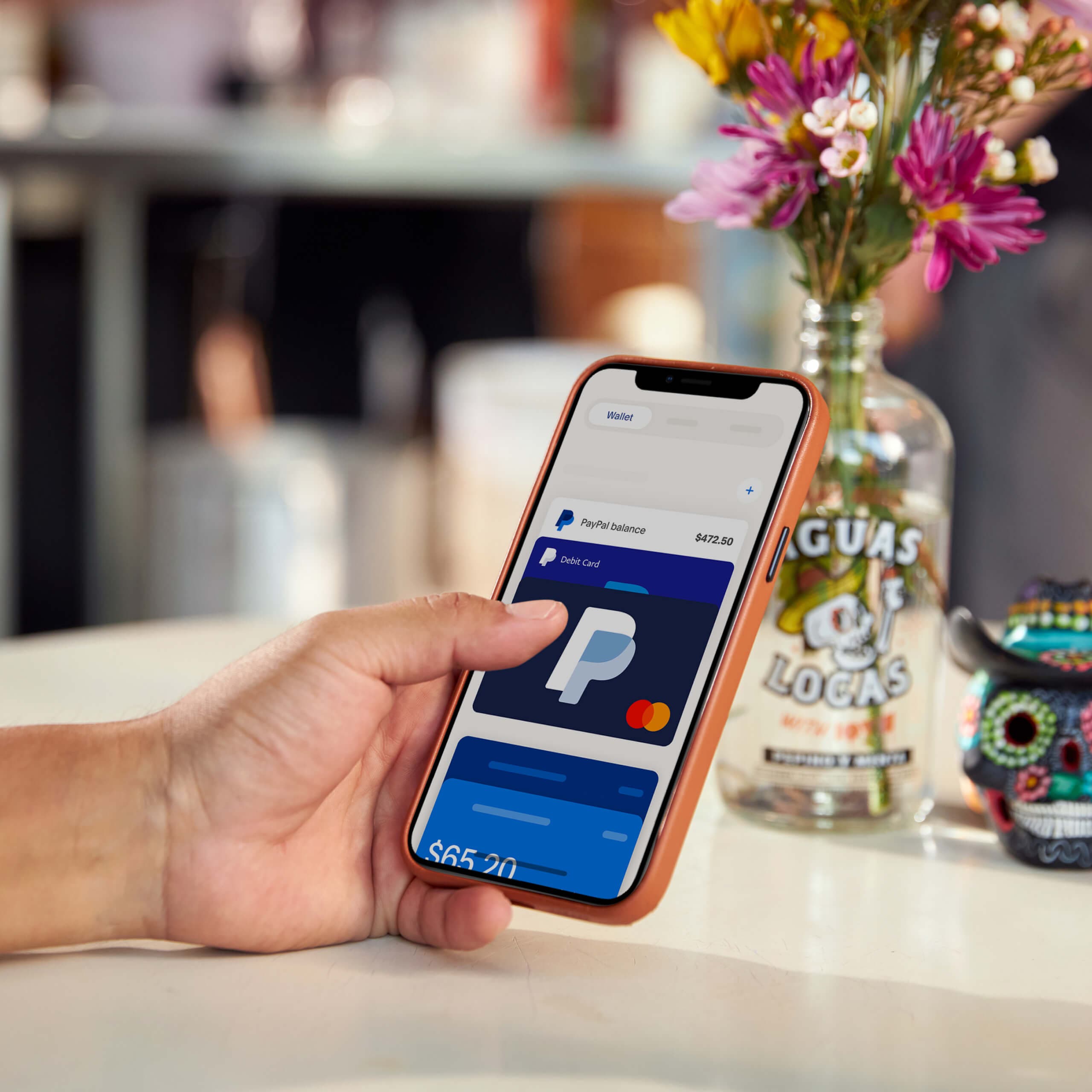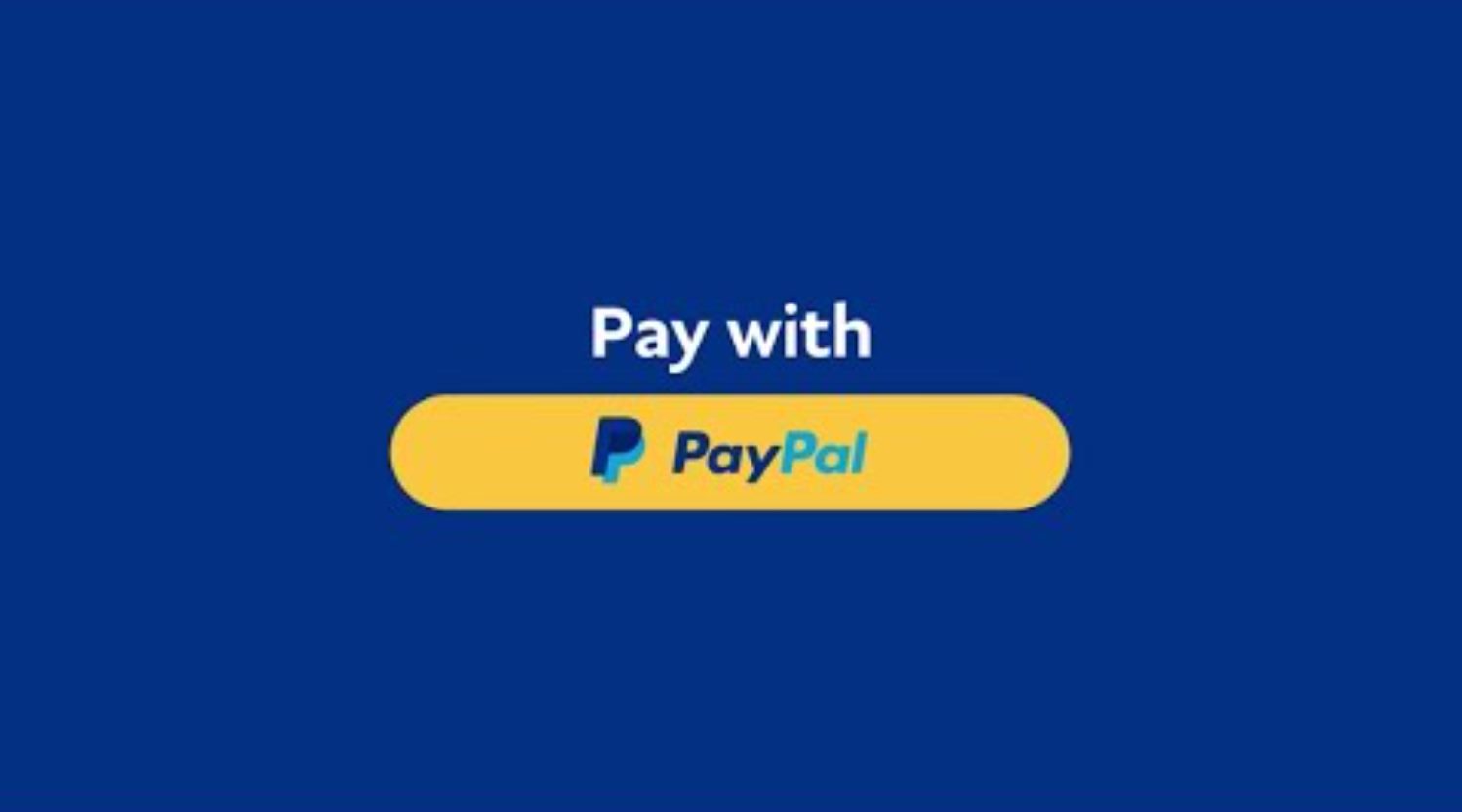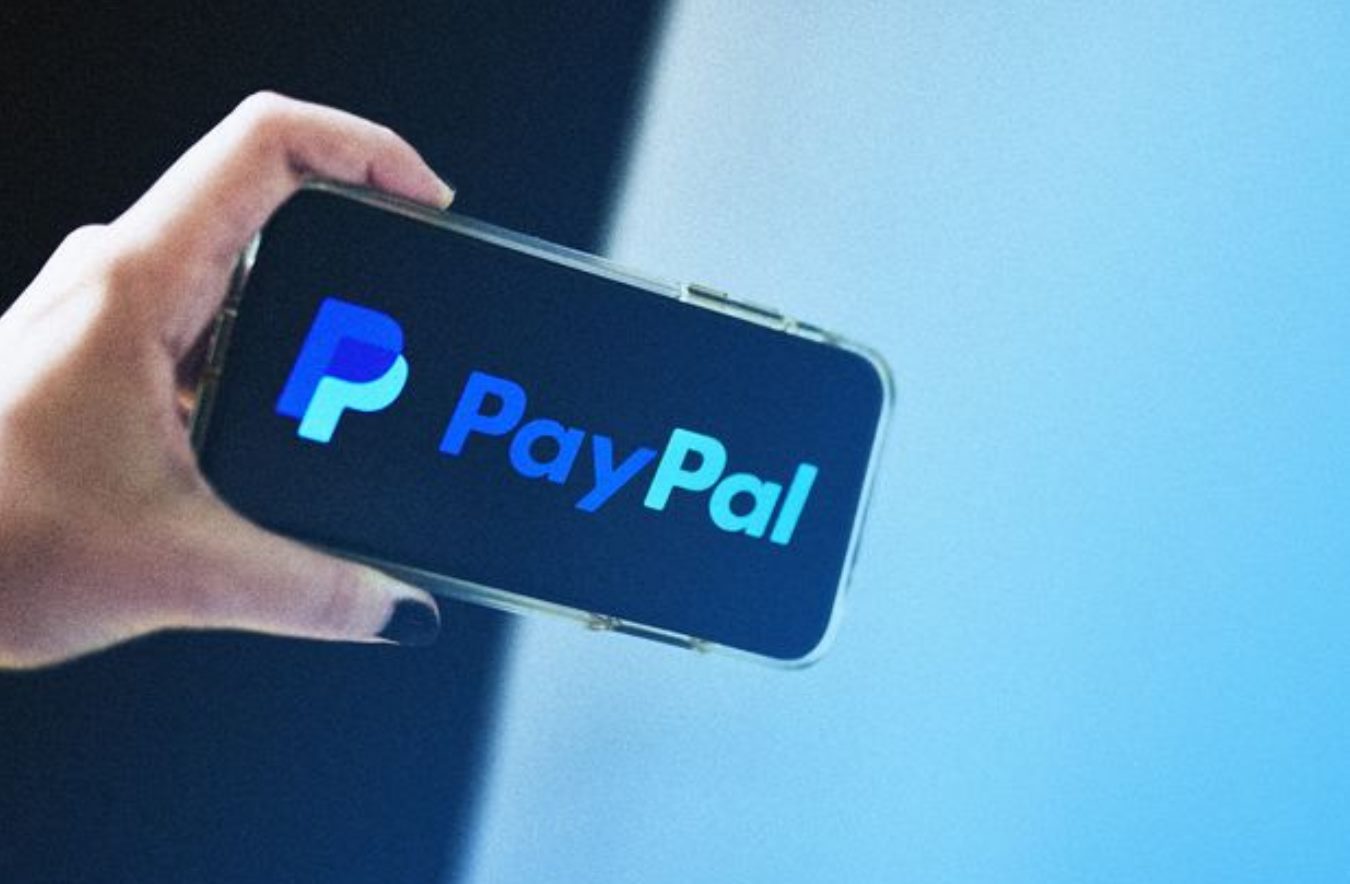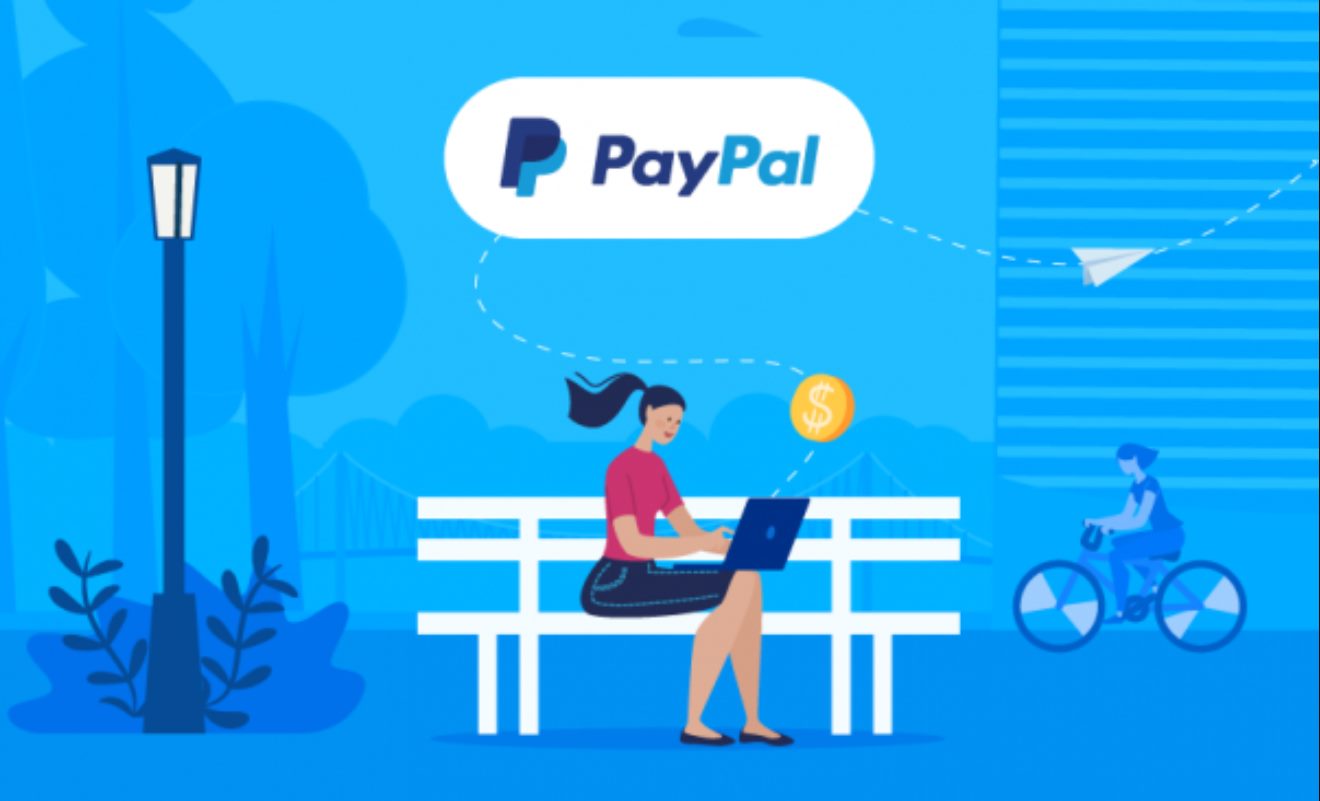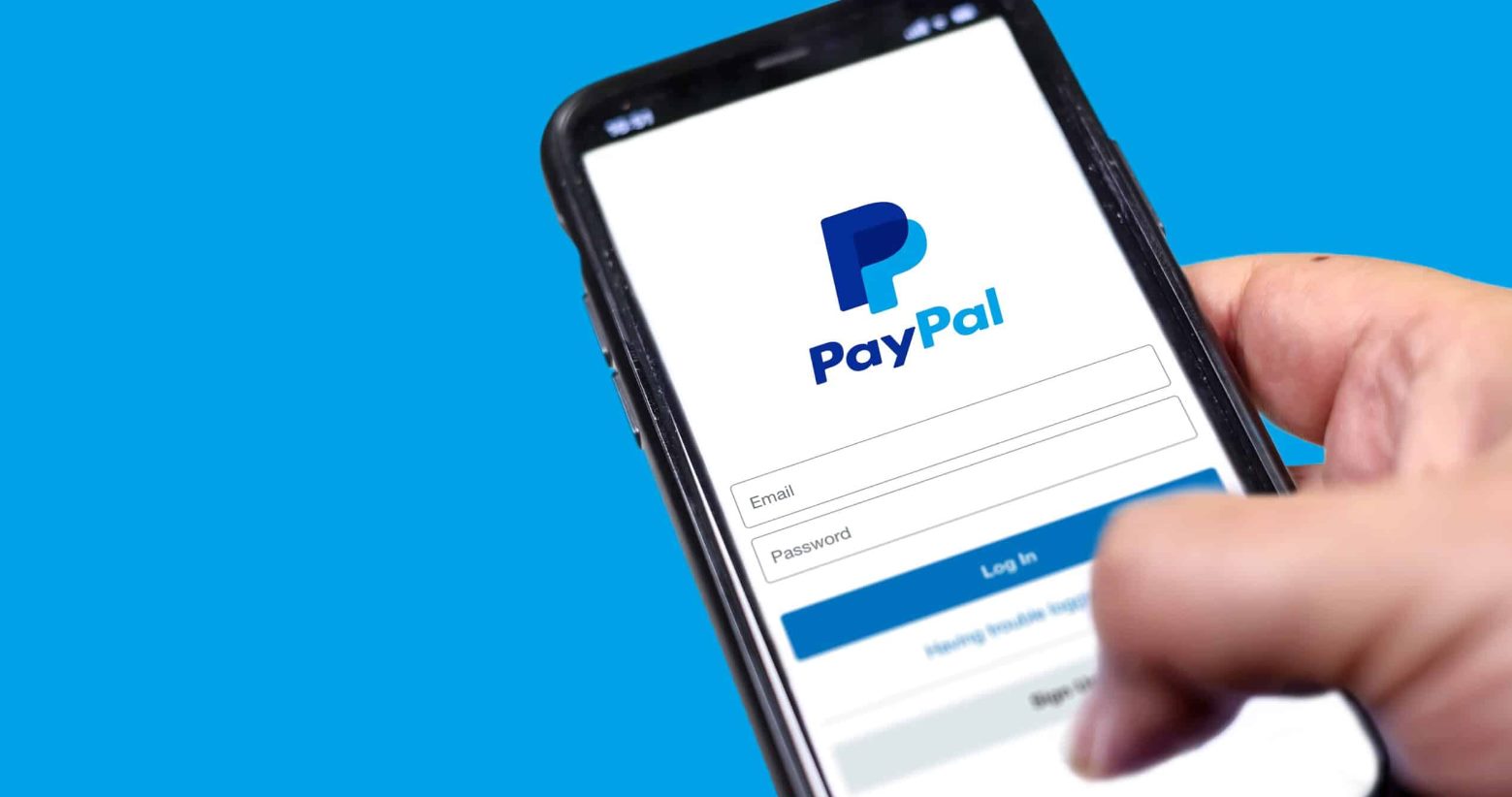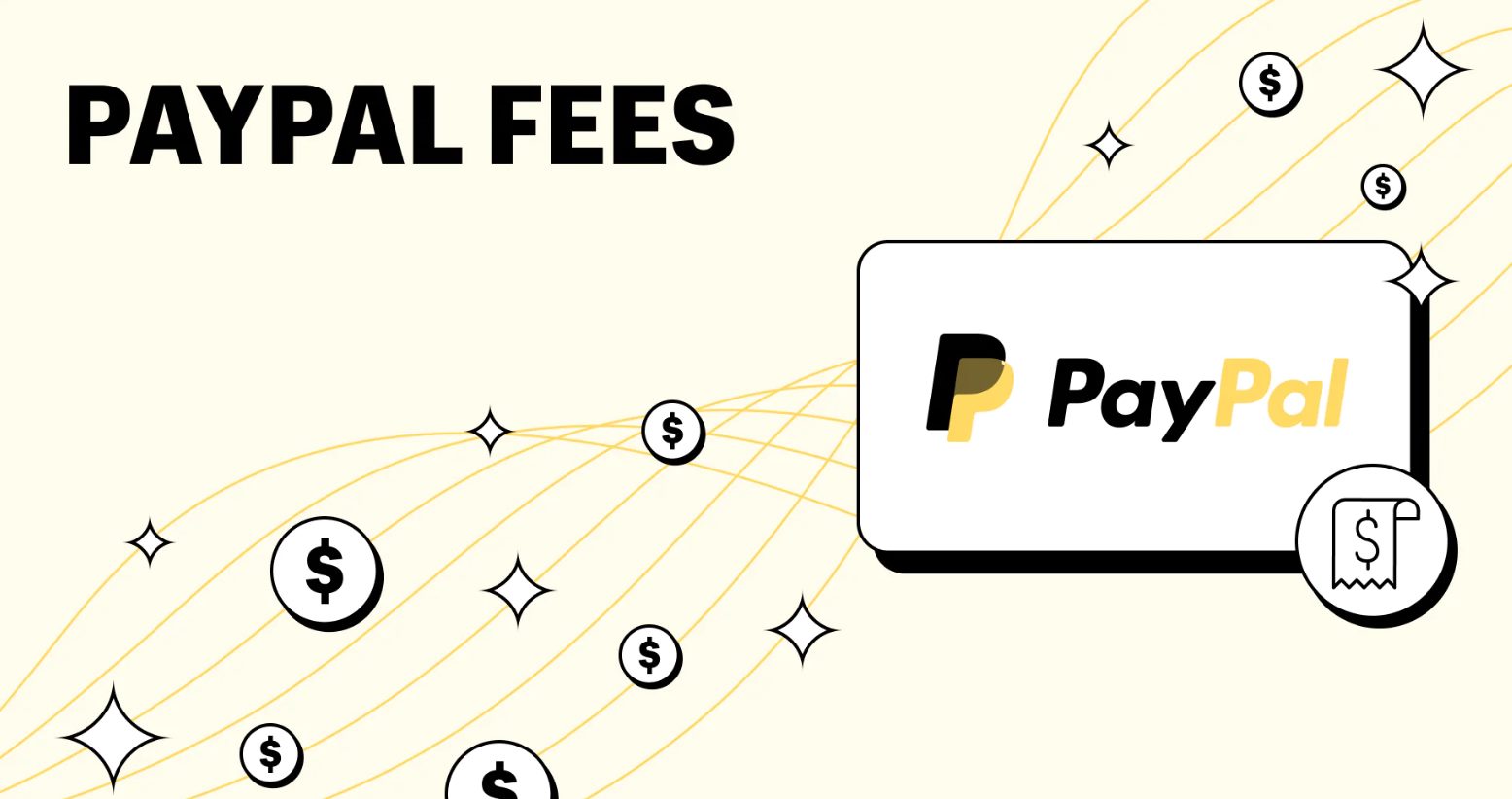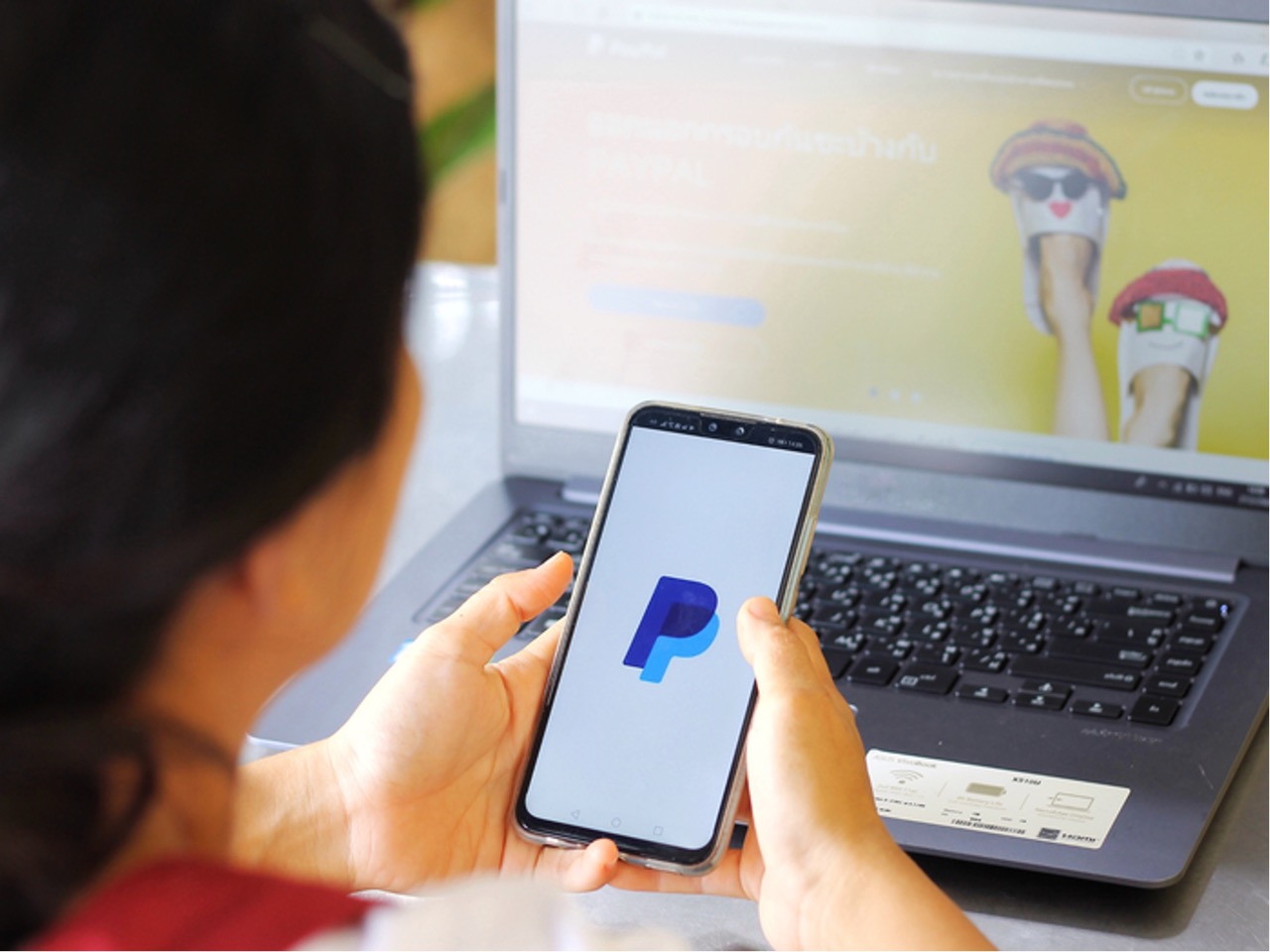Introduction
Welcome to the world of online payments! PayPal has revolutionized the way we send and receive money, making transactions faster, safer, and more convenient. Whether you’re a freelancer, an online entrepreneur, or even just someone looking to receive a payment from a friend or family member, having a PayPal account is essential.
In this guide, we will walk you through the process of receiving a PayPal payment. By following these simple steps, you’ll be able to effortlessly receive payments directly into your PayPal account and access your funds conveniently.
With over 325 million active PayPal accounts worldwide, it is the preferred choice for secure online transactions. PayPal enables individuals and businesses to transfer money electronically, making it the go-to platform for buying and selling products and services internationally.
By creating a PayPal account and linking your bank account or credit card, you can easily receive payments from clients, customers, or anyone looking to send you money.
So, let’s get started on this journey of learning how to receive a PayPal payment!
Step 1: Create a PayPal Account
The first step in receiving a PayPal payment is to create a PayPal account. If you already have a PayPal account, you can skip to the next step.
To create a PayPal account, follow these simple steps:
- Go to the PayPal website (www.paypal.com) and click on the “Sign Up” button.
- Choose between a personal or business account, depending on your needs. A personal account is suitable for individuals who want to receive payments for personal reasons, such as selling items online. A business account is ideal for businesses and merchants.
- Fill out the required information, such as your name, email address, and password. Make sure to choose a secure password that is unique and hard to guess.
- Provide your contact information, including your address and phone number.
- Agree to the terms and conditions of PayPal by checking the box.
- Click on the “Agree and Create Account” button to proceed.
Once you have completed these steps, you will receive a confirmation email from PayPal. Click on the link provided in the email to verify your account.
After verifying your account, you can log in to your PayPal account and start utilizing its features, including the ability to receive payments.
Note that PayPal may require you to provide additional information to confirm your identity for security reasons. This ensures the safety and integrity of the PayPal platform for all users.
Creating a PayPal account is free and straightforward, and it allows you to send and receive payments globally. So, take the first step towards receiving PayPal payments by creating an account today!
Step 2: Link Your Bank Account or Credit Card to Your PayPal Account
Once you have created a PayPal account, the next step is to link your bank account or credit card to your PayPal account. This step is crucial as it allows you to receive funds directly into your PayPal account and provides you with the flexibility to withdraw funds to your bank account.
Here’s how you can link your bank account or credit card to your PayPal account:
- Log in to your PayPal account using your email address and password.
- Click on the “Wallet” option located at the top of the page.
- Under the “Banks and Cards” section, click on the “Link a bank account” or “Link a card” option.
- Follow the on-screen instructions to provide the necessary information for linking your bank account or credit card.
- If linking a bank account, you may need to provide your account number and routing number. PayPal may also require you to confirm your account ownership by completing a series of steps, such as verifying small deposits made to your bank account.
- If linking a credit card, you will need to provide the card number, expiration date, and security code.
- Once you have entered the required information, review and confirm that the details are correct.
- Click on the “Link” or “Confirm” button to complete the linking process.
By linking your bank account or credit card to your PayPal account, you enable seamless transfers of funds between PayPal and your financial institution. It also adds an extra layer of security as PayPal keeps your financial information encrypted and does not share it with the recipient of your payment.
Remember to ensure that the bank account or credit card you link to your PayPal account is active and in good standing. Also, verify if there are any specific requirements or restrictions that may apply to your country or region.
Now that you have successfully linked your bank account or credit card to your PayPal account, you are one step closer to receiving PayPal payments effortlessly.
Step 3: Provide Your PayPal Email Address to the Person Sending You Payment
Now that you have a PayPal account and have linked your bank account or credit card, it’s time to share your PayPal email address with the person who will be sending you a payment.
Your PayPal email address is the primary way for others to send you money securely using PayPal. It acts as your unique identifier in the PayPal system. When someone sends you a payment, they will need to enter your PayPal email address to ensure that the funds are transferred to the correct account.
Here’s how you can provide your PayPal email address to the person sending you payment:
- Log in to your PayPal account using your email address and password.
- Once logged in, click on the “Profile” tab located at the top of the page.
- Under the “Profile” section, click on “Profile and settings.”
- Scroll down to the “Email” section and make sure that your primary email address is visible.
- Share your PayPal email address with the person who will be sending you payment. They can manually enter your email address while making the payment or use the “Send Money” feature within their PayPal account.
It’s important to double-check that you have provided the correct PayPal email address to ensure that the payment is delivered to your account. You can also consider adding a note or message to the person, clarifying the purpose or details of the payment.
Keep in mind that your PayPal email address will also be used by PayPal to communicate with you regarding any transaction-related notifications, updates, or account activity. Therefore, it’s crucial to regularly check the email associated with your PayPal account to stay informed.
By providing your PayPal email address to the person sending you payment, you’re making it easy for them to securely transfer funds directly into your PayPal account. This step simplifies the payment process and ensures a smooth experience for both parties involved.
Step 4: Confirm Your PayPal Email Address
After providing your PayPal email address to the person who is sending you a payment, it’s important to confirm that the email address associated with your PayPal account is verified. Confirming your email address adds an extra layer of security and ensures that you receive important notifications from PayPal regarding your transactions.
Here’s how you can confirm your PayPal email address:
- Log in to your PayPal account using your email address and password.
- Navigate to the “Profile” tab located at the top of the page.
- Under the “Profile” section, click on “Profile and settings.”
- Scroll down to the “Email” section and check if your primary email address is marked as “Unconfirmed.”
- If your email address is unconfirmed, click on the “Confirm” button next to it.
- You will receive an email from PayPal with a confirmation link. Open the email and click on the link provided.
- This will redirect you to PayPal, confirming that your email address is now verified.
Confirming your email address is essential to ensure the security of your PayPal account. It helps prevent unauthorized access and ensures that you receive timely notifications about incoming payments and other important account-related information.
By confirming your PayPal email address, you enable PayPal to communicate with you effectively, keeping you informed of any updates, changes, or issues related to your account.
If you ever need to change your primary email address or add additional email addresses to your PayPal account, you can do so by following the same steps outlined above.
Confirming your PayPal email address is a simple yet crucial step in the process of receiving PayPal payments. So, take a moment to verify your email address and enjoy the peace of mind that comes with a confirmed PayPal account.
Step 5: Receive the PayPal Payment in Your Account
Once you’ve created and verified your PayPal account, linked your bank account or credit card, and provided your PayPal email address to the sender, you’re ready to receive payments into your PayPal account.
When someone sends you a payment using PayPal, the funds will be transferred directly to your PayPal account, and you’ll be notified via email. Here’s how the process works:
- The sender initiates a payment by entering your PayPal email address, either manually or through the “Send Money” feature in their PayPal account.
- PayPal verifies the sender’s payment information and the availability of funds.
- Once the transaction is approved, the funds are instantly transferred from the sender’s PayPal account to your PayPal account.
- You will receive an email notification from PayPal informing you of the received payment, including the payment details and the sender’s information.
It’s important to regularly check your PayPal account and associated email address to stay informed about incoming payments. You can access your PayPal account through the PayPal website or mobile app.
Once the payment is received, the funds will be available in your PayPal account balance. You have the option to keep the funds in your PayPal account for future purchases or withdraw them to your linked bank account.
Remember that PayPal may charge a small fee for receiving payments, depending on the type of account you have and the country you reside in. You can refer to the PayPal fees and policies for the most up-to-date information regarding transaction fees.
Receiving payments through PayPal offers numerous advantages. It provides a secure and reliable platform for transferring funds, allows for quick and easy transactions, and enables cross-border payments with various currencies.
If you encounter any issues or have questions regarding the received payment, PayPal offers excellent customer support that you can reach out to for assistance.
Now that you know how to receive a PayPal payment, you’re all set to start accepting payments seamlessly and efficiently.
Step 6: Withdraw Funds from Your PayPal Account to Your Bank Account
Once you have received payments into your PayPal account, you may want to withdraw those funds and transfer them to your linked bank account. Withdrawing funds from your PayPal account is a straightforward process that allows you to access your money for personal use or to cover expenses.
Here’s how you can withdraw funds from your PayPal account to your bank account:
- Log in to your PayPal account using your email address and password.
- Click on the “Wallet” option located at the top of the page.
- Under the “Account Balance” section, you will see your available PayPal balance.
- Click on “Withdraw funds” or a similar option, which will take you to the withdrawal page.
- Select your linked bank account to transfer the funds to.
- Enter the amount you wish to withdraw and review the transaction details.
- Click on the “Withdraw” or “Transfer” button to initiate the withdrawal process.
- PayPal will process the withdrawal and transfer the funds to your bank account, typically within 1-3 business days.
It’s important to note that PayPal may charge a fee for withdrawing funds, especially for international withdrawals or expedited transfers. The fee structure varies based on factors such as the country you reside in and the type of bank account being used.
Before initiating a withdrawal, ensure that you have enough funds available in your PayPal account to cover the amount you wish to withdraw. Additionally, verify that your linked bank account is active and able to receive the funds.
Withdrawing funds from your PayPal account to your bank account provides you with the flexibility to use your funds as needed, whether it’s for personal expenses, business operations, or any other financial requirements.
If you have any issues or questions regarding the withdrawal process, PayPal offers comprehensive customer support that you can reach out to for assistance.
Remember to keep track of your PayPal transactions and review your bank statements to ensure accuracy and monitor your financial activity.
By following these simple steps, you can easily withdraw funds from your PayPal account and have them transferred to your bank account for convenient and secure access to your money.
Conclusion
Congratulations! You’ve now learned how to receive a PayPal payment and access your funds conveniently. By following the steps outlined in this guide, you’ve gained the knowledge and skills to create a PayPal account, link your bank account or credit card, provide your PayPal email address to the sender, and withdraw funds to your bank account.
PayPal has revolutionized online payments, providing a secure and efficient platform for individuals and businesses to send and receive money globally. With over 325 million active PayPal accounts worldwide, it has become the preferred choice for seamless and reliable transactions.
Receiving payments through PayPal offers numerous benefits, such as instant transfers, enhanced security measures, and the ability to conduct cross-border transactions with ease. Whether you’re an entrepreneur looking to receive payments for your products or services or an individual receiving money from friends or family, PayPal simplifies the payment process.
Remember to keep an eye on your PayPal account balance, regularly check your email for payment notifications, and stay knowledgeable about PayPal’s policies and fees. PayPal offers exceptional customer support to address any concerns or queries you may have along the way.
Now that you’ve mastered the art of receiving PayPal payments, you can enjoy the ease and convenience of online transactions. So go ahead, get started with PayPal, and open up a world of possibilities in the realm of secure and hassle-free payments!







